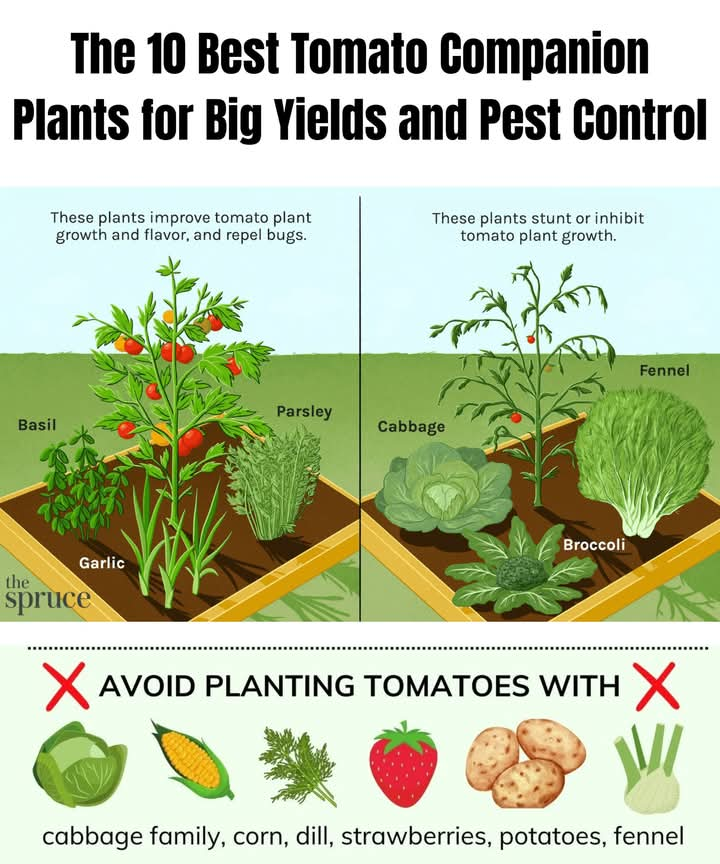Cotton farming in Nigeria
Cotton farming is a significant agricultural venture that has been a backbone of the textile and manufacturing industries for centuries. Its versatility, high demand, and potential for value addition make it a lucrative option for farmers and entrepreneurs alike. Below is a detailed exploration of cotton farming and its immense business potentials.
Overview of Cotton Farming
Cotton is a natural fiber that grows around the seeds of the cotton plant. It thrives in warm climates with well-drained soils and adequate sunlight. Major cotton-producing regions include parts of Africa, Asia, the United States, and South America. In Nigeria, states like Kano, Katsina, Jigawa, and Zamfara are key cotton producers.
Stages in Cotton Farming
1. Land Preparation:
Clear and plow the land to create a fine seedbed.
Soil testing is essential to ensure proper pH levels (ideal range: 5.8-7.0).
2. Planting:
Cotton is usually planted during the dry season.
Use high-quality, pest-resistant seeds for better yields.
3. Crop Management:
Irrigation: Essential during dry spells.
Fertilizers: Nitrogen and potassium-rich fertilizers are commonly used.
Pest Control: Cotton is prone to pests like bollworms, requiring integrated pest management.
4. Harvesting:
Cotton is harvested when the bolls burst open, exposing the fibers.
This can be done manually or mechanically.
5. Processing:
Ginning separates the cotton fibers from the seeds.
The fiber is packed for the textile industry, while the seeds can be used for oil production or as livestock feed.
Business Potentials of Cotton Farming
1. High Demand for Cotton Fiber:
Cotton is the raw material for the textile industry, which produces clothing, home furnishings, and industrial fabrics.
The global demand for sustainable, natural fibers has increased, creating more market opportunities.
2. Value Addition Opportunities:
Beyond farming, cotton processing offers numerous avenues for profit:
Ginning: Extracting fibers and seeds.
Spinning and Weaving: Turning cotton into yarn or fabric.
Seed Oil Production: Cottonseed oil is used in cooking and cosmetics.
Cottonseed Cake: A by-product used as livestock feed.
3. Employment Creation:
Cotton farming and processing generate jobs across the value chain, from planting and harvesting to textile production.
4. Export Potential:
Cotton is a globally traded commodity. Exporting cotton or its by-products like lint and oil can be highly profitable.
Countries like India, China, and Bangladesh are major importers of raw cotton.
5. Support for Local Industries:
Cotton farming fuels the local textile industry, boosting the economy.
It supports small and medium enterprises (SMEs) involved in tailoring, fabric design, and retail.
6. Climate Adaptability:
Cotton is relatively drought-tolerant, making it suitable for arid and semi-arid regions.
With proper irrigation systems, its productivity can be enhanced even in less fertile areas.
7. Government and Institutional Support:
Many governments, including Nigeria, have introduced initiatives to promote cotton farming, such as the Anchor Borrowers’ Program (ABP).
Partnerships with organizations like the International Cotton Advisory Committee (ICAC) provide research, funding, and technical support.
Challenges and Solutions
1. Pests and Diseases:
Challenge: Bollworms, aphids, and fungal infections can reduce yields.
Solution: Adopt pest-resistant seed varieties and integrated pest management practices.
2. Climate Risks:
Challenge: Irregular rainfall and extreme weather.
Solution: Invest in irrigation systems and practice climate-smart agriculture.
3. Market Access:
Challenge: Farmers often struggle to find buyers for raw cotton.
Solution: Establish cooperatives and engage in contract farming with textile companies.
4. High Production Costs:
Challenge: Fertilizers, pesticides, and machinery can be expensive.
Solution: Leverage government subsidies and access low-interest agricultural loans.
5. Limited Value Addition:
Challenge: Many farmers sell raw cotton without exploring value-added processes.
Solution: Invest in ginning, spinning, or oil extraction facilities to maximize profits.
Cotton farming is a promising agricultural venture with extensive business potential. It supports multiple industries, offers opportunities for value addition, and contributes significantly to job creation and economic development. With strategic planning, adoption of modern farming techniques, and exploration of export markets, cotton farming can become a highly profitable enterprise. For farmers and investors, the journey into cotton farming offers not just economic benefits but also the chance to contribute to global textile and industrial growth.




